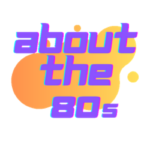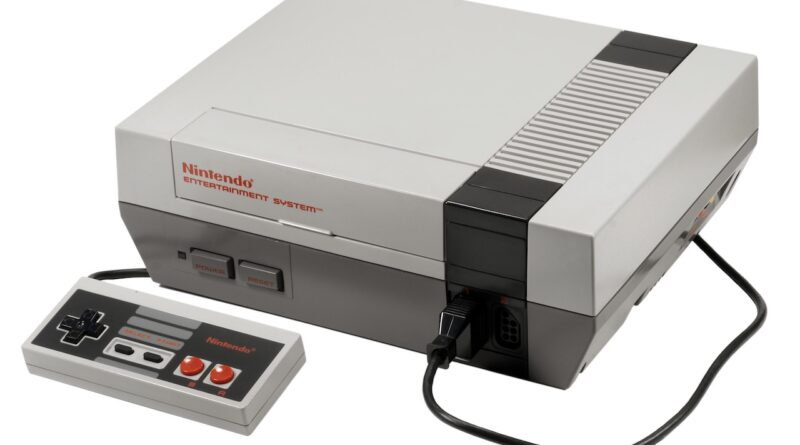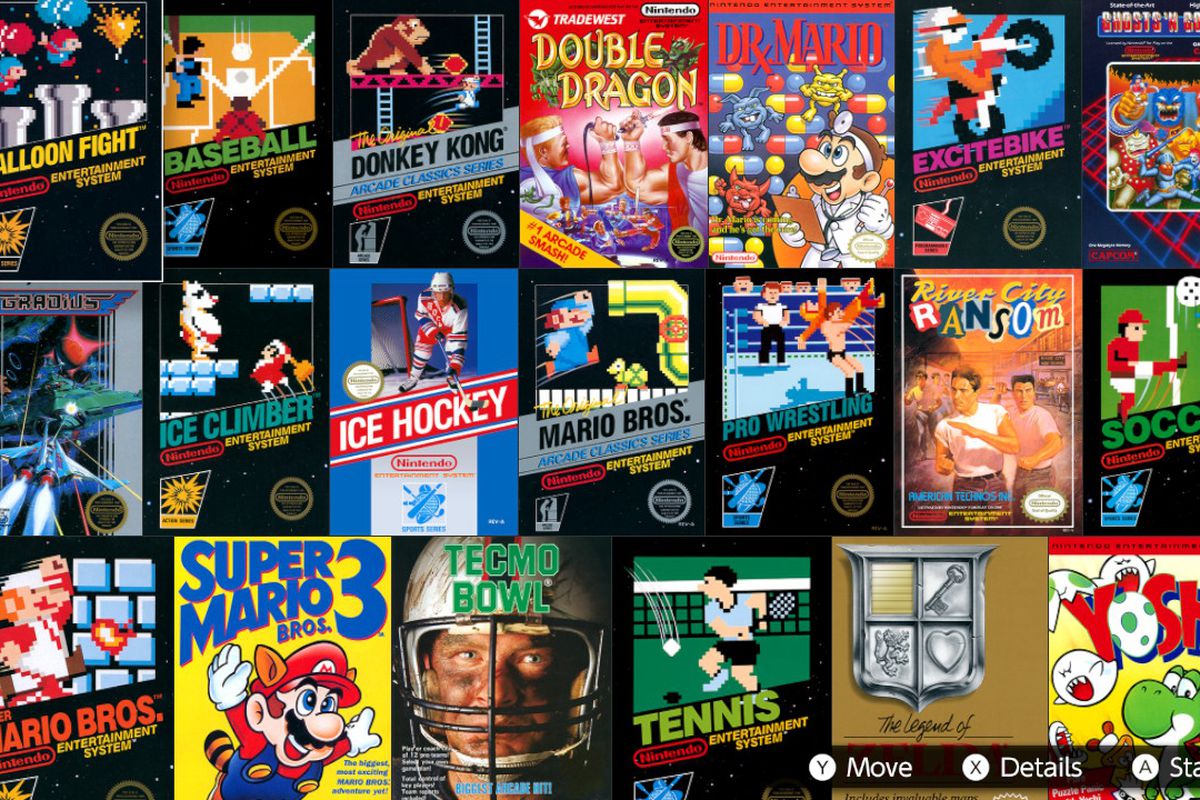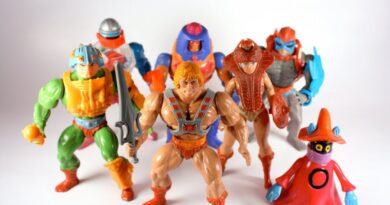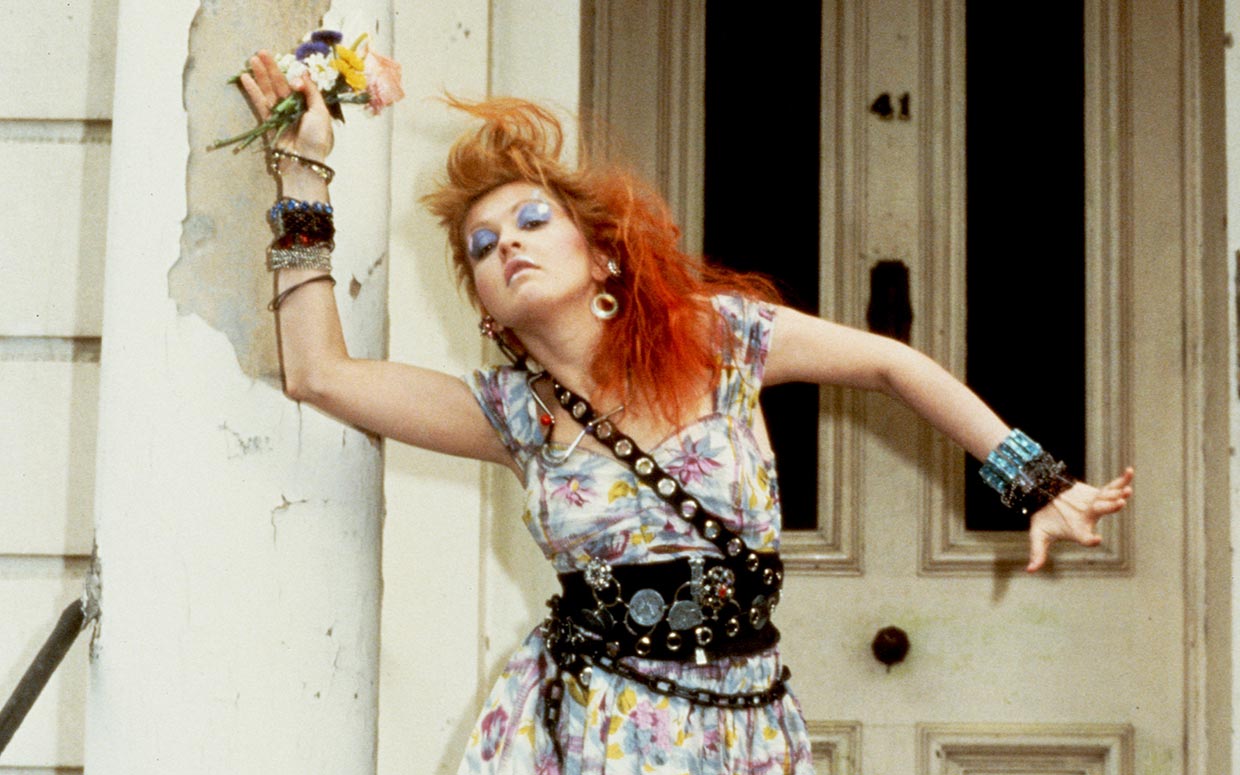How Was the NES Successful?
The video game industry never ceases to settle down, with the everlasting competition between the PlayStation, Xbox and Nintendo. There’s always a new console coming out with better graphics, sound and adventure that keeps gamers hooked, always craving more. This much is obvious, but the consoles we know today have all evolved from their predecessors. That is, the Atari, original PlayStation and NES. Once these game manufacturers have realized what made these systems so popular, including the NES, they began mass production.
Who wouldn’t love to play video games at home? Entertainment for hours, endless gaming options and a whole new way to play with your friends, they ultimately put the arcade industry to shame. With the exception of the thrill seekers who drive to play the arcade games like Dig Dug, Super Mario Bros., Frogger, etc., it was easy to turn on the system, TV and sit in a chair and play away. Other than the ease of plugging in and staying engaged, what exactly made game consoles like the NES so successful? Continue reading for the answer and more details!
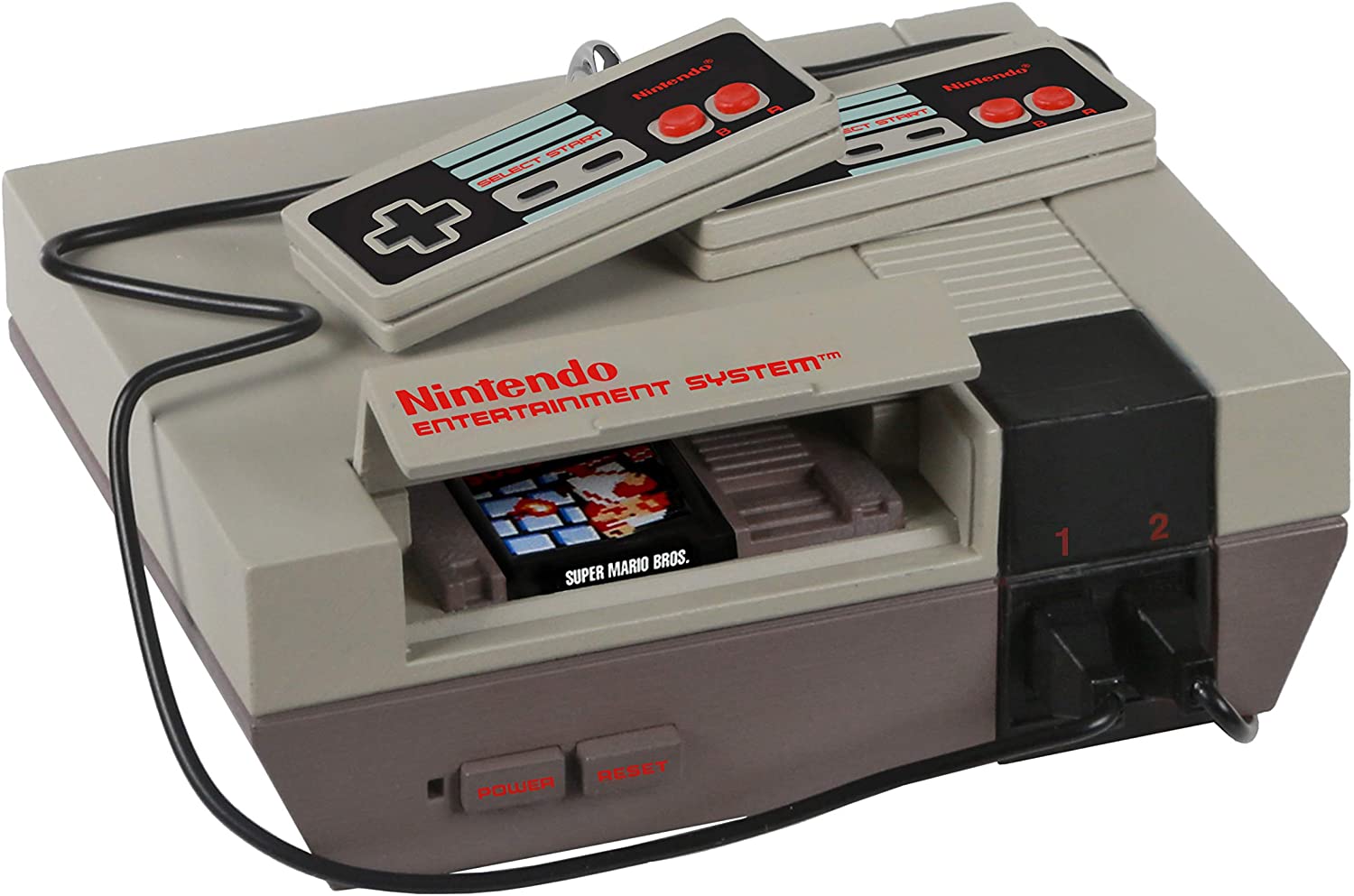
How Was the NES Successful?
The ability to switch out games, play at home as well as initial games likes Donkey Kong Jr., Super Mario Bros. and Zelda were what made the NES successful. Unlike the first console released by Nintendo, the Family Computer, or Famicom, the NES was a redesigned version that made its debut in American test markets in October 1985.
Nintendo had already become successful after the launch of various arcade games in the early 80s before they came out with their first home video game console. Nintendo president Hiroshi Yamauchi wanted a simple, cheap design that ran games stored on cartridges. The controller design was also recycled from their portable Game & Watch Games.
As mentioned, the games were a big part of what made the NES successful, including Super Mario Bros., The Legend of Zelda and Metroid, which remain one of Nintendo’s most successful franchises today. The NES is also one of the bestselling consoles of its time, which helped to revive the American video game industry, shortly after the video game crash of 1983. It also established the standard business model of licensing third-party developers to produce and distribute games. It wasn’t until 1990 when the NES was Super Nintendo Entertainment System, however, here are more details regarding its popularity, games and history.
Popularity of the NES
In 1988, video game industry observers explained that the popularity of the NES had grown so rapidly that the market for Nintendo cartridges became bigger than that of all home computer software.
Compute! reported in 1989 that Nintendo sold seven million NES systems in just 1988, almost as many as the Commodore 64s sold within its first five years. The magazine claimed, “Computer game makers [are] scared stiff,” stating that Nintendo’s popularity caused the majority of competitors to drop during the previous Christmas. Some even experienced serious financial problems.
In June 1989, the VP Marketing of Nintendo of America, Peter Main, said the Famicom was present in 37% of Japanese households. By 1990, 30% of American homes owned the NES, compared to just 23% for all personal computers. Also in 1990, the NES outsold all previously released consoles worldwide. The brand’s new slogan became “It can’t be beaten”. The only region that didn’t sell the console was the Soviet Union.
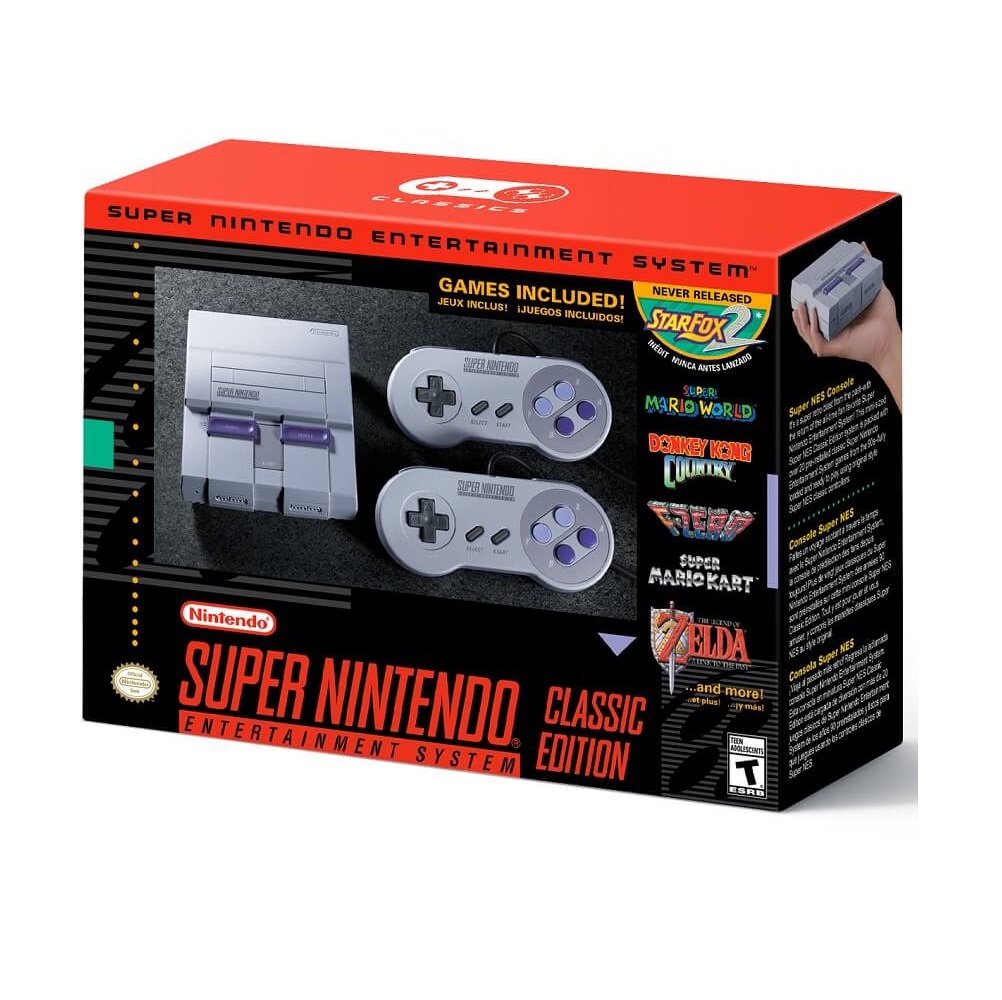
NES in the 90s
In the early 90s, video game consumers predicted competition from superior systems like the 16-bit Sega Genesis to take over Nintendo’s dominance. But during the first year of Nintendo’s successor console, the Super Famicom (also known as the Super Nintendo Entertainment System outside of Japan), it still remained the second highest-selling video game console in Japan, outselling the newer and more powerful NEC PC Engine and Sega Mega Drive by a large margin.
The launch of the Genesis was overshadowed by the launch of Super Mario Bros. 3 for NES. The console still remained popular in Japan and North America until late 1993, until demand ultimately plummeted. The final licensed Famicom released in Japan is Takahashi Meijin no Bōken Jima IV, or Island Adventure IV. In North America, it was Wario’s Woods and in Europe, it was The Lion King in 1995. Due to lack of games and decreasing sales, Nintendo finally discontinued the NES by 1995. It produced new Famicom units in Japan until September 25, 2003 and continued to repair the consoles until October 31, 2007, again the discontinuation being caused by lack of parts.
The NES was at first not as successful in Europe during the late 80s, when it was outsold by the Sega Master System in the UK. By 1990, the Master System became the highest-selling console in Europe, although the NES was beginning to have a rapid-growing consumer base in the UK. NES sales ultimately caught up with and narrowly overtook the Master System in Western Europe during the early 90s, although the Master System still came out ahead in several markets like the UK, Belgium and Spain.
History of the NES
Following a series of arcade game successes during the early 80s, Nintendo decided to create a cartridge-based console known as the Family Computer, or Famicom. The hardware was largely developed on the basis of arcade video games, specifically the hardware for Namco’s Galaxian (1979), Nintendo’s Radar Scope (1980) and Donkey Kong (1981), with the goal of matching the powerful scrolling capabilities in a home system.
Nintendo originally planned to create a more advanced 16-bit system that would function as a full-fledged computer with a keyboard and floppy disk drive, but the president, Hiroshi Yamauchi rejected this idea, wanting a cheaper, more conventional cartridge-based game console. This was because he believed that features like keyboards and disks were intimidating to non-technical consumers.
After the work began on the programming tools, the first test model was building in October 1982. The early Famicom games were written on a system that ran on an NEC PC-8001 computer with LEDs on a grid used with a digitizer to design graphics since no software design tools for this kind of use existed in the 80s.
The code name for this particular project was “GameCom”, however, Masayuki Uemura’s wife suggested the name “Famicom” instead, claiming that “In Japan, ‘pasokon’ is used to mean a personal computer, but it was neither a home or personal computer. Perhaps we could say it is a family computer.” Hiroshi Yamauchi also decided the console should incorporate a red and white theme after getting the idea from a billboard for DX Antenna (a Japanese manufacturer) who used both colors.
ColecoVision
The Famicom was also influenced by the ColecoVision, one of Sega’s major competitors, specifically with the Atari 2600. ColecoVision’s top-seller was a part of Nintendo’s Donkey Kong. The project’s chief manager, Takao Sawano, brought a ColecoVision one to his family to test out, and they were impressed with the system’s compatibility to produce such smooth graphics, contrary to the Atari 2600 games. Uemura said the ColecoVision set the bar for the Famicom as they wanted to surpass it and match the more powerful Donkey Kong arcade hardware. So they took a Donkey Kong arcade cabinet to chip manufacturer Ricoh for analysis, which led them to produce the Picture Processing Unit (PPU) chip for the NES.
History of the Hardware
The original plans for the size of the Famicom’s cartridges were to be that of a cassette tape, but they ultimately ended up to be twice as big. Careful attention was made to the cartridge connectors because loose and faulty connections led to glitches and freezes in arcade machines. Requiring 60 connection lines for the memory and expansion, Nintendo decided to produce its own connectors.
The controllers were hard-wired to the console with no connectors to keep costs low. The controller designs were also based from the Game & Watch machines, although the Famicom team really wanted to use arcade-style joysticks, even dismantling them from some American game consoles to see how they worked. Some worried about the durability of the joystick design and how they might be stepped on. So Katsuyah Nakawaka attached a Game & Watch D-pad to the Famicom prototype and found it was easy to use and didn’t cause discomfort. But ultimately, they installed a 15-pin expansion port on the console’s front so an optional arcade-style joystick could be used instead.
Gunpei Yokoi also suggested an eject lever to the cartridge slow which wasn’t completely necessary, but he believed children could be entertained when they pressed it. So Uemura used his idea to add a microphone to the second controller with the idea that it could project players’ voices through the TV speaker.

Release of the Family Computer (Famicom)
On July 15, 1983, the console was released as the Family Computer (or Famicom) for ¥14,800 with three ports of Nintendo’s successful arcade games, including Donkey Kong, Donkey Kong Jr. and Popeye. But the Famicom wasn’t too successful at first; it had a bad chip set that caused the early versions to crash. After a product recall and reissue with a new motherboard, the popularity of the Famicom soared, becoming the best-selling game console in Japan before 1985.
Originally, Nintendo had only launched the system with only its own games, but was quickly approached by Namco and Hudson Soft in 1984 and agreed to produce third party games for a 30% fee for production costs and console licensing. The rate continued throughout the industry for several consoles and digital storefronts through the 2010s.
Release in the United States
It wasn’t long before the Nintendo got into the North American Market, negotiating with Atari, Inc. to release the Famicom under Atari’s name as the Nintendo Advanced Video Gaming System. The agreement was to be finalized and signed at the Summer Consumer Electronics Show in June 1983. But Atari found out at the show that its competitor Coleco was illegally demonstrating its Coleco Adam computer with Nintendo’s Donkey Kong game. This was a direct violation of Atari’s exclusive license with Nintendo to publish the game for its own computer system and was what delayed the implementation of Nintendo’s game console marketing contract with Atari.
The CEO of Atari, Ray Kassar, was fired the following month, so the deal fell through and Nintendo ultimately decided to market the console under its own name.
By the beginning of 1985, over 2.5 million Famicom were sold in Japan and Nintendo announced plans to release the console in North America as the Advanced Video Entertainment System (AVS) that same year. The American video game media was skeptical that the system would be successful in North America, as it was still recovering from the video game crash of 1983. But the March 1985 issue of Electronic Games magazine stated “the video game market in America has virtually disappeared” and that “this could be a miscalculation on Nintendo’s part”. Boy were they wrong!
The Famicom hardware made its debut in the arcades as the Nintendo VS. System in 1984, with much success that ultimately paved the way for the NES console. But with American retailers refusing to stock game consoles, Yamauchi realized there was a market for video games in the arcades, so he decided to introduce the Famicom to North America through arcades.
The VS. System became a major hit in this region, becoming the highest-grossing arcade machine of 1985 in the US. By the time the NES was launched, almost 100,000 VS. Systems were sold to American arcades. It was the success of the VS. System that gave Nintendo the confidence to release the Famicom in North America, for which there was still growing interest because of Nintendo’s reputation in the arcades. It also gave Nintendo a chance to test new games as VS. Paks in the arcades, to ultimately determine which games to release for the NES launch.
Launch of the NES
At the 1985 Consumer Electronics Show (CES), Nintendo disclosed the American version of its Famicom, with a new case redesigned by Lance Barr and featuring a “zero insertion force” cartridge slot. The change from the cartridge loader on top to in the front was to replicate a video cassette recorder which had become popular in 1985 and was still different from previous game consoles.
Uemura also explained that Nintendo developers feared the console’s electronic might cause electrostatic hazards in dry states like Texas and Arizona. But a front-loading design would be safer if children carelessly handled the console.
The NES was first released in New York test markets on October 18, 1985, and continued in Los Angeles in February 1986. In September 1986, the system was released nationwide with these launch games:
- 10-Yard Fight
- Baseball
- Clu Clu Land
- Duck Hunt
- Excitebike
- Golf
- Gyromite
- Hogan’s Alley
- Ice Climber
- Kung Fu
- Pinball
- Soccer
- Stack-Up
- Super Mario Bros.
- Tennis
- Wild Gunman
- Wrecking Crew
For convenient production, some varieties of the launch games contain Famicom chips with an internal adapter within the cartridge so they can be played on North American consoles, which is why the title screens of Gyromite and Stack-Up have the Famicom titles “Robot Gyro” and “Robot Block”.
Reviving the Home Video Game Industry
The launch of the NES didn’t only mean a new product, but it strongly influenced the home video game industry. The crash of the video game industry in 1983 happened largely because of a lack in confidence by the consumer and retailer in video games, which was partly due to confusion and misrepresentation in the marketing of video games.
Before the NES, video game packaging presented inflated graphics, which didn’t reflect the game’s actual graphics. Also, a game like Pac-Man appeared across various consoles with many variations in graphics, sound and general quality.
But Nintendo’s marketing strategy targeted consumer and retailer confidence by delivering a singular platform with graphics that were fully represented and with refined qualities.
To clearly differentiate the NES from the common perception of the video game industry, Nintendo established a strict product approval and licensing policy. Here were the requirements:
- The platform was to be referred to as “Entertainment System” instead of a “video game system”
- The NES was centered upon a machine called a “Control Deck” instead of a “console”
- The system features software cartridges were called “Game Packs” instead of “video games”
With these parameters, Nintendo gained a solid traction by selling them in toy stores. To deter game production that was not licensed by Nintendo and to prevent copying, the 10NES lockout chip system acted as a lock-and-key coupling of each Game Pak and Control Deck. The packaging of the fake games had very similar representations of onscreen graphics. But to prevent consumer confusion, symbols on the games’ packaging clearly indicated the genre of the game. There was also a seal of quality on all licensed game and accessory packaging that states, “This seal is your assurance that Nintendo has approved and guaranteed the quality of this product”. The text was later changed to “Official Nintendo Seal of Quality”.
Unlike the Famicom, Nintendo of America’s target market was primarily children, instituting a strict policy of censoring profanity, religious, political or sexual content. The most famous example was Lucasfilm’s attempt to port the comedy-horror game Maniac Mansion to the NES, which Nintendo disapproved, claiming it needed to be considerably watered down. Nintendo of America continued its strict censorship policy until 1994 with the advent of the Entertainment Software Rating Board system, which was ultimately criticized for its cuts made to the Super NES port of Mortal Combat compared to the Sega Genesis version.
R.O.B. or the Robotic Operating Buddy was also part of a marketing plan to portray the NES’s technology as being sophisticated and novel when compared to previous game consoles as well as to establish its position as being higher quality within the toy market. At first, the American public wasn’t too excited about the release of the console, but peripherals like the light gun and R.O.B. generated extensive attention.
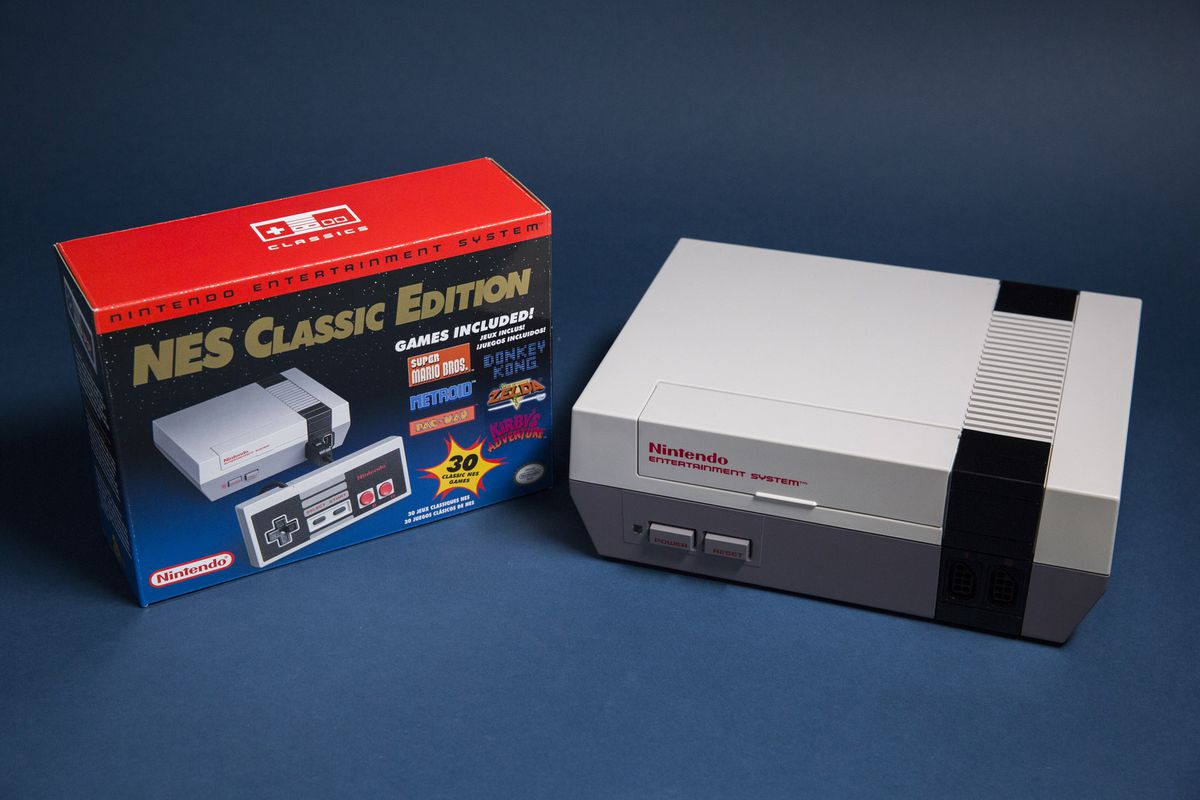
Discontinuation
Nintendo finally discontinued the NES in both North America and Europe on August 14, 1995. In North America, replacements for the original front-loading NES were offered for $25 in exchange for a broken system until at least December 1996, under Nintendo’s Power Swap program. The Game Boy and Super NES were also covered under this program, for $25 and $35.
The Famicom was ultimately discontinued in September 2003 while Nintendo offered repair service for the Famicom in Japan until 2007, when it was discontinued due to a lack of parts.
Did You Have the NES?
If you owned the NES in the 80s or early 90s, what games did you play? Did you play with your friends, by yourself or both? How often did you play? I’d love to hear about any fun memories you have from back in the day in the comments below!
